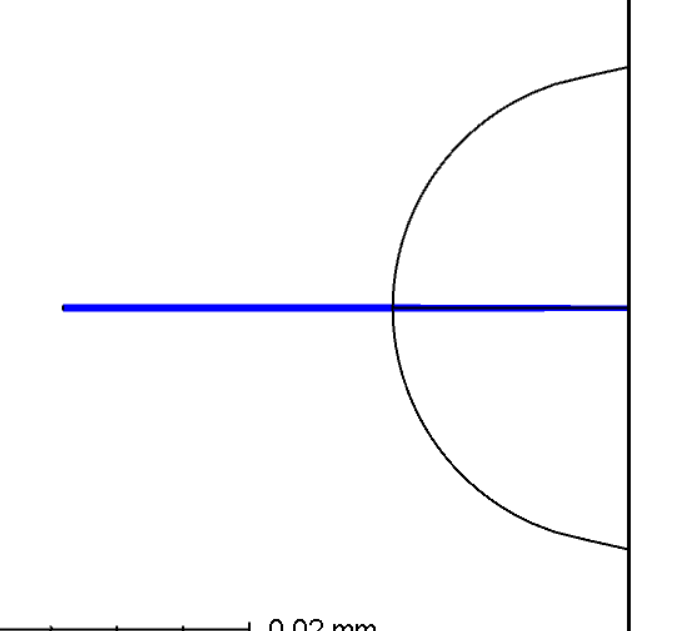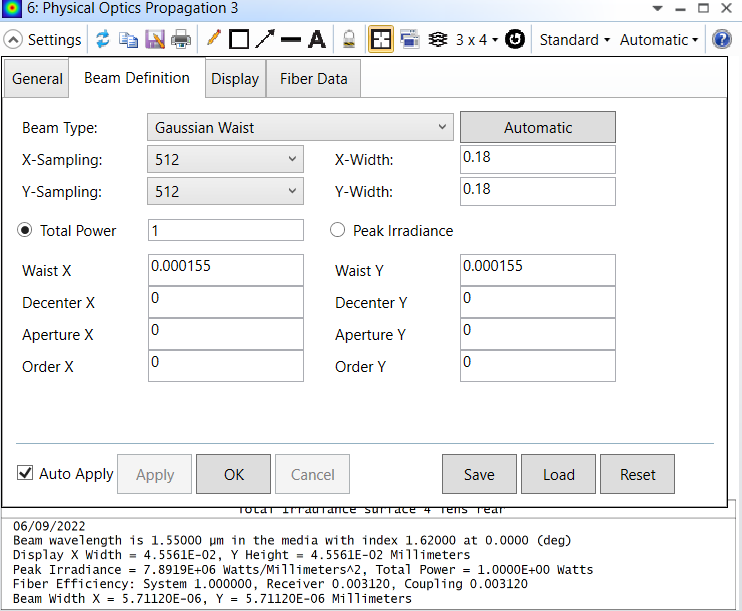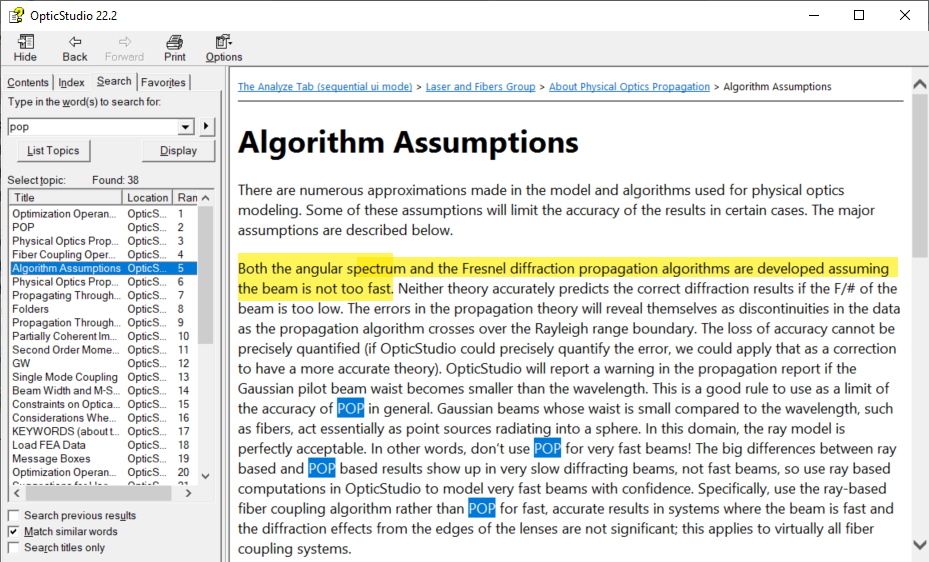Hi Official,
I am trying to couple the collimated light from input source, mode field diameter or size or clear semi dia of input surface is in nanometers and then MFD of receiver end is in micrometer as shown in drawing below

Coupling efficiency data of this design is below

Receiver efficiency is only 0.003. May I know how can i improve the receiver efficiency? Even though when input surface is very very near to output surface but receiver efficiency is still 0.003. Please advise on the possible solution?






